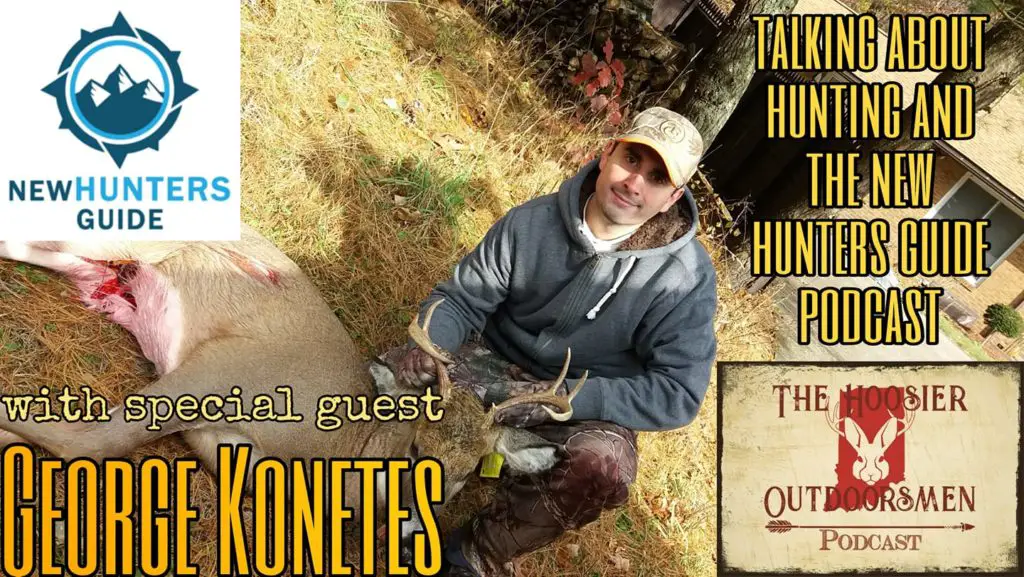Show Notes:
The mock scrape and trail camera combination may be the single most powerful reconnaissance strategy for hunting whitetails that there is, at least for new hunters. On this episode I talk about the best time of year to get out there and setup mock scrapes and trail cameras, both for archery and rifle season.
Take Aways
- Mock scrapes are great because they focus deer movement for a variety of reasons and they are essentially free.
- For the cost of some string you can increase your chances of seeing whitetails on camera and in front of your hunting setup.
- The best way to make good use of a trail camera is to assume it is terrible and will only get photos of what is directly in front of it.
- If you have a better detection cone then great, but don’t count on it.
- Setting up scrapes and cameras and checking them, going through the photos, and being outside in the summer can be almost as much fun as hunting. Enjoy every aspect of the hunt.
- Remember deer often change their habits and locations between summer and late fall.
- As the cover and food sources change, so do their travel and bedding areas.
- Do not rely on scouting or camera data that is months old to determine where you hunt.
- Regularly check trail cameras between August 1 and when you plan to hunt. I recommend every 2 weeks.
- Stay out of the woods a couple weeks before hunting season starts, let the woods rest from human scent and interference.
- Listen to this episode to find the best time of year to setup mock scrapes and trail cameras for whitetail deer hunting.

